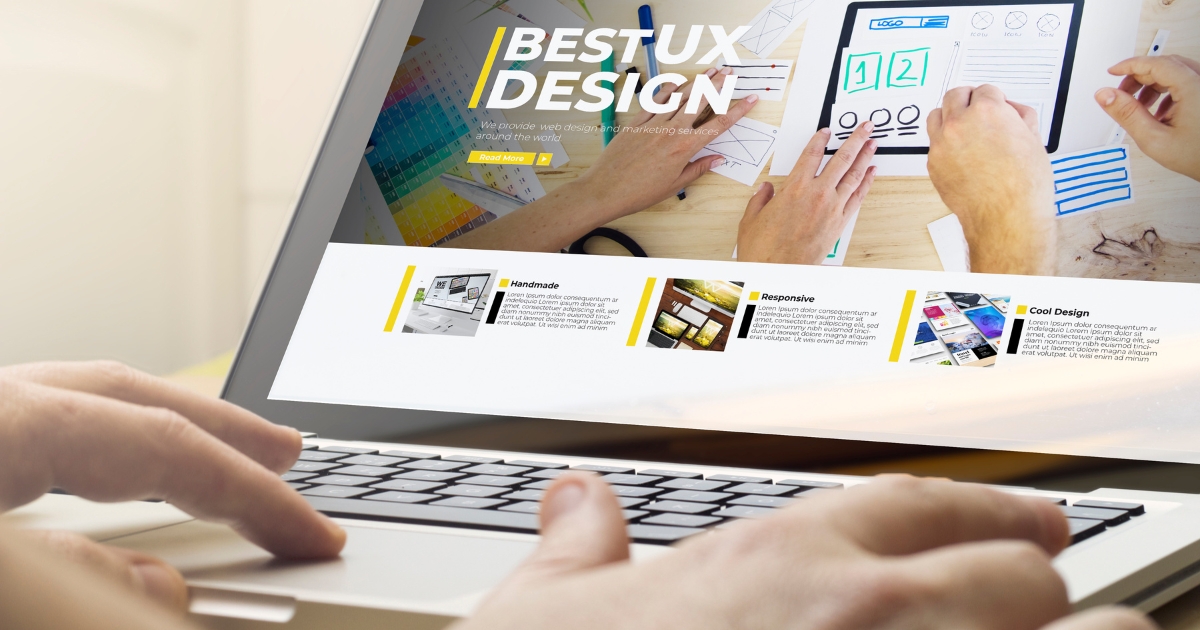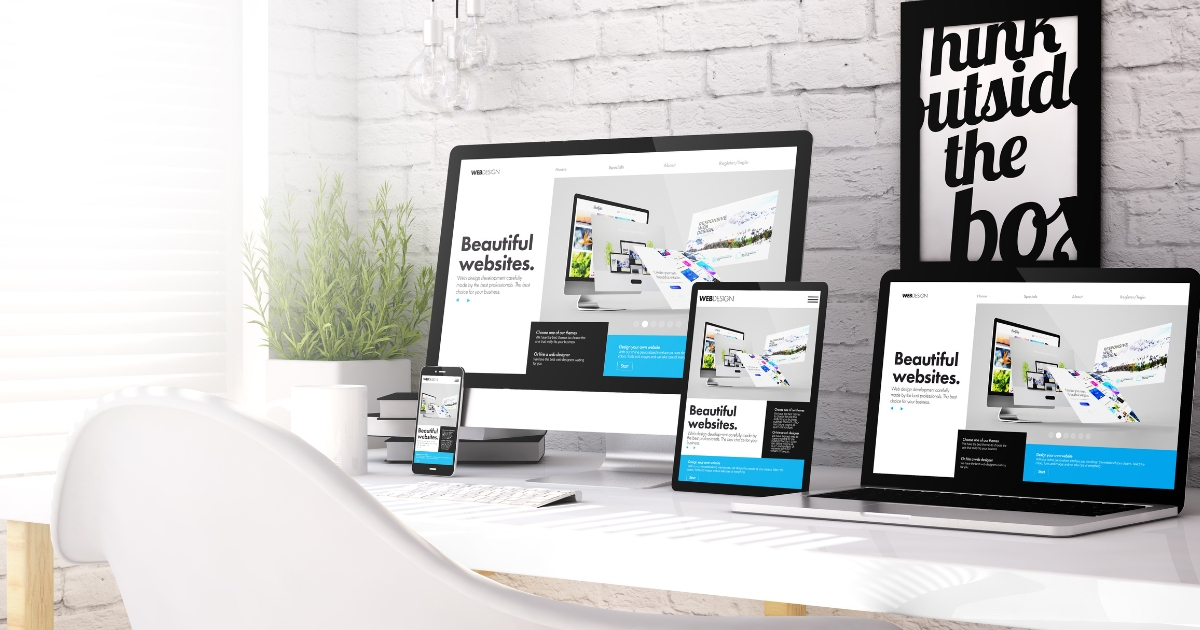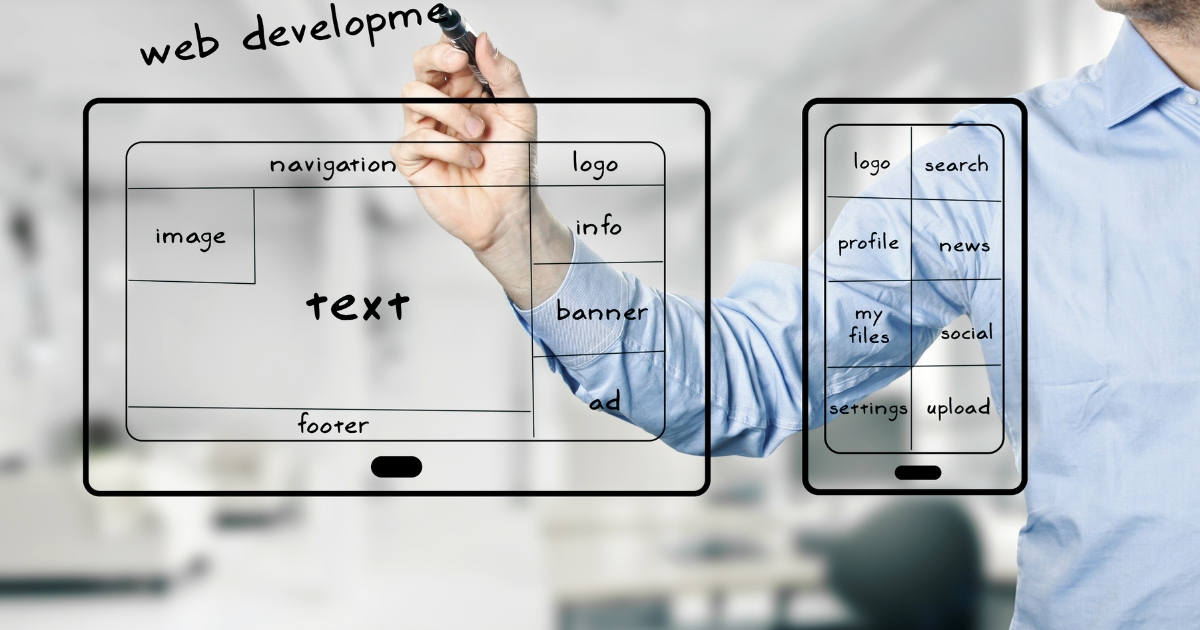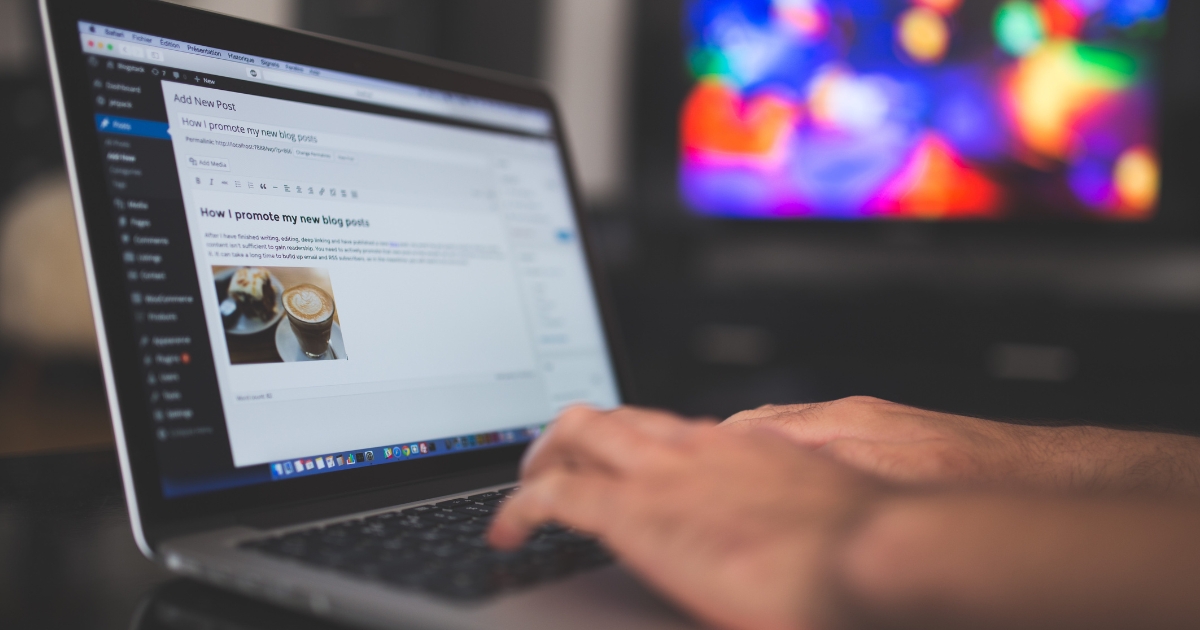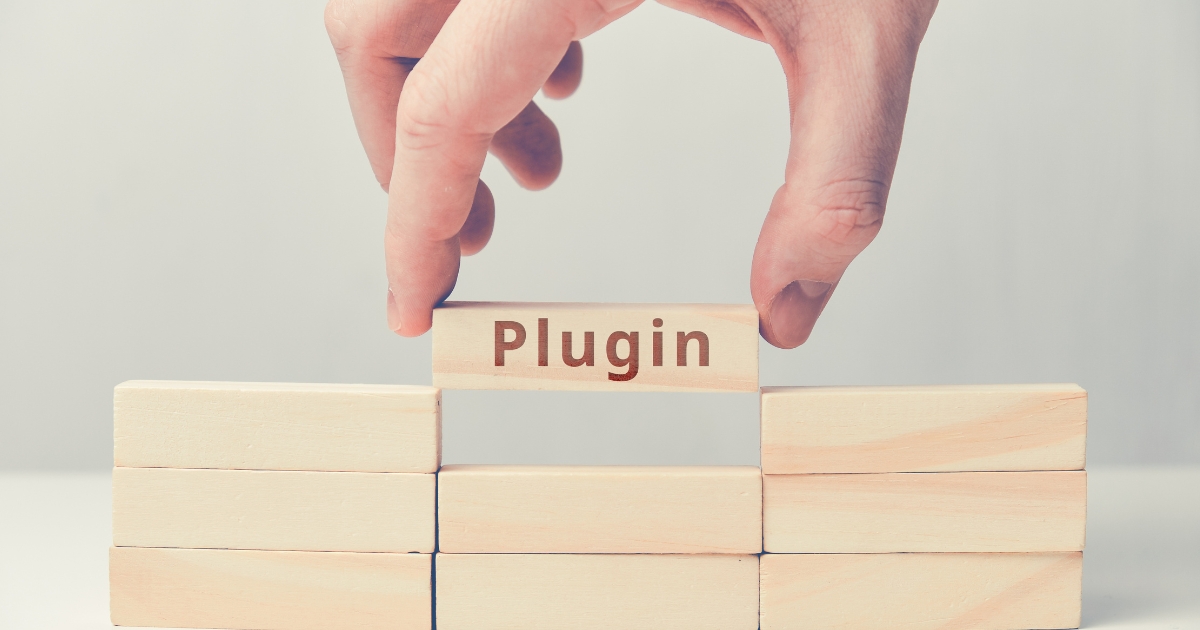The realm of web design is undergoing a continuous evolution, showcasing an array of exciting trends poised to define online experiences in 2024. As businesses and users increasingly demand seamless, engaging, and cutting-edge web interfaces, staying attuned to the latest design trends has never been more critical. The upcoming year heralds a fusion of futuristic concepts and practical functionality, compelling web designers and developers to navigate a landscape where minimalist aesthetics, immersive technologies like augmented reality (AR), AI-driven personalisation, and eco-conscious design converge to shape the web experience. Embracing these trends isn’t just about visual appeal; it’s about crafting immersive, user-centric online environments that captivate and connect in an ever-evolving digital world.
Minimalistic Design Continues to Thrive
Minimalism in web design remains an ever-relevant approach poised to dominate digital landscapes in 2024.
- Negative Space and Clean Layouts: Embracing generous white space and uncluttered layouts continues to be a hallmark, enabling focused user attention and streamlined navigation.
- Vibrant Colours and Gradients: Contrary to its simplistic nature, minimalism doesn’t equate to dullness. Expect to see bold and vibrant colour palettes, along with the strategic use of gradients, injecting life into clean designs, creating visually stunning yet uncluttered interfaces.
- Accessibility and Simplicity: The emphasis on simplicity not only amplifies aesthetic appeal but also enhances accessibility, ensuring seamless user experiences across diverse devices and demographics.
In 2024, the evolution of minimalism explores new frontiers, merging simplicity with creativity to craft visually captivating and functionally intuitive web environments.

Immersive Augmented Reality (AR) Integration
The year 2024 marks a significant leap forward in web design, with augmented reality (AR) emerging as a pivotal element in creating immersive online experiences.
- Interactive User Engagement: AR technology is revolutionising web design by offering interactive elements that transcend traditional boundaries. Expect websites to integrate AR for immersive product demonstrations, interactive storytelling, and engaging user experiences, blurring the lines between the physical and digital worlds.
- Enhanced Visualisations: Through AR integration, businesses can provide customers with more realistic and in-depth visualisations of products, services, or concepts, fostering deeper connections and informed decision-making.
As AR technology continues to advance, its incorporation into web design promises to redefine user engagement and pave the way for a more interactive and captivating online landscape in 2024.
Personalised User Experiences through AI
In the swiftly evolving realm of web design, the integration of artificial intelligence (AI) stands tall as a driving force behind personalised user experiences in 2024.
- AI-Powered Content Delivery: Websites are harnessing the capabilities of AI algorithms to analyse user behaviour, preferences, and past interactions, delivering tailored content that resonates with individual users.
- Chatbots and Voice Interfaces: AI-driven chatbots and voice-based interfaces are becoming ubiquitous, offering seamless and personalised interactions, thereby enhancing user engagement and support.
As AI algorithms continue to refine their understanding of user needs, the year 2024 is poised to witness an unprecedented level of personalised web experiences, redefining how users interact and engage with online platforms.
Evolution of Responsive Design with Variable Fonts
The paradigm of responsive design continues to evolve in 2024, with a key emphasis on the integration of variable fonts to adapt seamlessly to diverse screen sizes and resolutions.
- Adaptability Across Devices: Variable fonts offer greater flexibility by allowing designers to adjust font weight, width, and other attributes dynamically, ensuring optimal readability and aesthetics across a spectrum of devices.
- Optimising Typography: Designers are leveraging variable fonts to craft typography that maintains its visual integrity regardless of the viewing platform, enhancing both the accessibility and aesthetics of web content.
As the demand for cross-device compatibility grows, the evolution of variable fonts within responsive design frameworks promises to revolutionise typography and elevate the standard of user experience on the web.
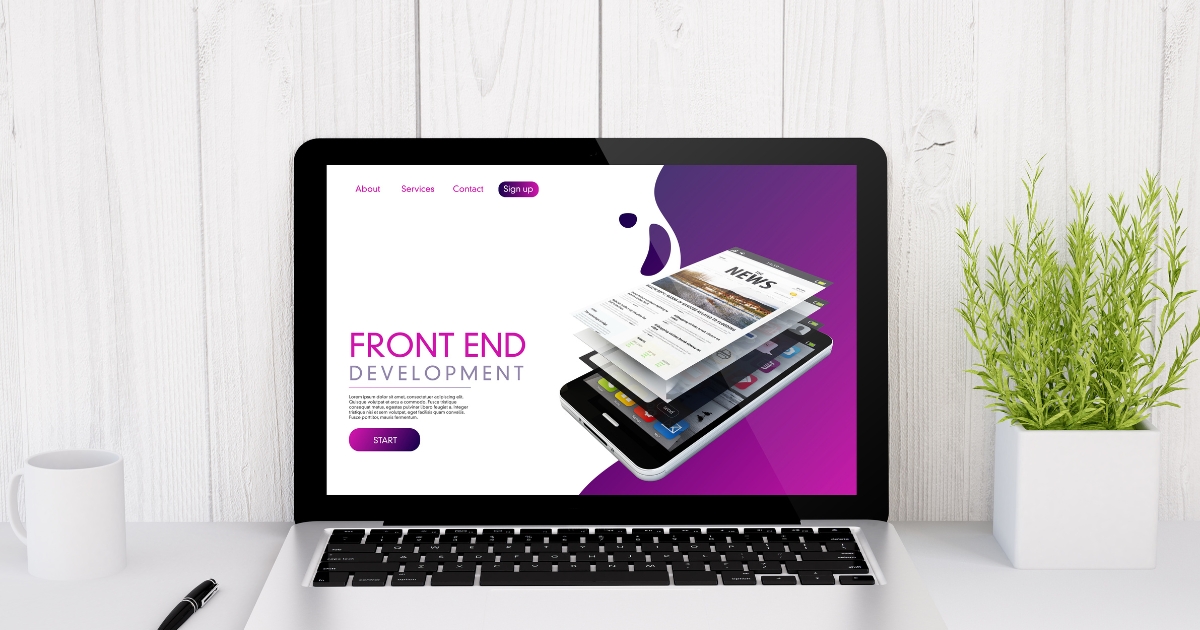
Sustainable and Eco-friendly Design Practices
Amidst a global shift towards sustainability, web design in 2024 is witnessing a significant embrace of eco-conscious principles.
- Environmental Considerations in Design: Designers are increasingly prioritising eco-friendly elements, employing reduced energy consumption, optimising loading times, and utilising renewable resources to minimise the environmental footprint of websites.
- Messaging and Visual Elements: Expect to see explicit messaging on sustainability and eco-friendly practices incorporated seamlessly into web designs, fostering awareness and encouraging responsible actions among users.
In the coming year, the integration of sustainable and eco-friendly design practices into web development not only resonates with the growing environmental consciousness but also contributes to creating a more ethical and mindful online presence.
Motion Design and Micro-interactions
In the digital realm of 2024, the strategic use of motion design and micro-interactions continues to captivate users and elevate web experiences.
- Enhancing User Engagement: Subtle animations and micro-interactions play a pivotal role in guiding user attention, providing feedback, and enhancing the overall user interface.
- Visual Engagement and Storytelling: Motion design isn’t merely about aesthetics; it’s a powerful tool for storytelling. Expect websites to leverage motion graphics to convey narratives and engage users on a deeper level.
- Interactive Experiences: From hover effects to animated transitions, these micro-interactions create a sense of interactivity, delighting users and fostering a more engaging browsing experience.
As web design in 2024 embraces the fusion of technology and creativity, the strategic integration of motion design and micro-interactions promises to redefine user engagement and interaction paradigms.
Web3 and Decentralised Web Design
As the digital landscape evolves, the emergence of Web3 technologies and decentralised frameworks is poised to reshape the landscape of web design in 2024.
- Introduction to Web3 Concepts: Web3, built upon blockchain and decentralised protocols, promises enhanced security, transparency, and user control over data.
- Design Considerations for dApps: Decentralised applications (dApps) are gaining traction, requiring a reimagined approach to design that prioritises user autonomy and data privacy without compromising on usability.
- Incorporating Blockchain Integration: Expect to see websites exploring blockchain integration, enabling features like decentralised identity verification and transparent data transactions.
As Web3 revolutionises the internet, the design ethos in 2024 embraces the decentralisation movement, redefining the fundamental principles of trust, security, and user empowerment in web experiences.
Navigating Tomorrow’s Web: Crafting Tomorrow’s Experiences
As the digital horizon unfolds with promise, seize the opportunity to pioneer the future of web design by embracing the trends forecasted for 2024. The amalgamation of minimalistic elegance, immersive technologies like AR, and AI-driven personalisation beckons a new era of captivating online experiences. From the versatility of variable fonts to the imperative shift towards sustainable design practices and the revolutionary impact of Web3, each trend contributes to a symphony of innovation and user-centricity.
Embrace these trends not just as visual upgrades but as gateways to crafting purposeful, engaging, and futuristic web experiences that resonate profoundly with users. Dare to traverse the realms of creativity and functionality to shape a digital landscape that inspires, captivates, and defines the online experiences of tomorrow.

